Featured Article
Editor's Picks
Sign Up for our Newsletter

What Do Background Checks Have to Do with Candidate Experience? Everything
Sponsored by Checkr. Hiring is about far more than filling roles. It’s about forging connections with talent that can build a viable pipeline and lead

Self-Awareness: The Leadership Game-Changer
Understandably, most leaders spend their time focusing on strategy, problem-solving, process, performance, and others. These are all critical to success,

The Workforce Has Changed—Here’s Why Hiring Must Adapt
Sponsored by Fama. Walk into any workplace today and chances are the majority of your team grew up online. Digital

Learning to Take Bad News / A Manager’s Advice for Employees in the Hot Seat
In the early days of my career as a manager at a product development company, I got a Slack message

Why Be a Thought Leader if You’re in HR Tech? 4 Key Reasons
If you’re a leader in HR Tech, you want to be known for your expertise and your perspective. That’s how
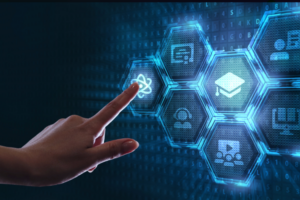
The Mini-MBA: A Stress-Free Way to Grow Your Skills and Advance Your Career
A conversation with CT Turner, President and CEO of GED Testing Service and Pearson Accelerated Pathways. Learning is a lifelong

Workhuman Live 2025 Conference, Day One: The Power of Connection
Day One musings from Workhuman Live 2025 in Colorado, weighing in on the power of live events to wake us

Building Competitive Advantage Through Human-AI Synergy: 4 Competencies
Moore’s Law says our processing power doubles every two years, without affecting cost. This exponential efficiency gain continues to power
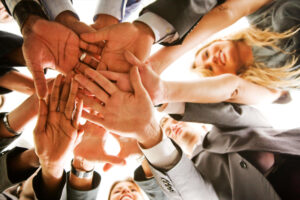
How Teams Hold the Key to Business Performance in the AI World of Work
Coming back from the TED 2025 Summit in Vancouver, #HumanityReimagined, it is clear to me that the world has enacted

It’s All About the Candidate Experience (CX) in 2025
Customer experience has long been considered the crux of good business. The same is true of creating a good work

Implementing Asynchronous Video Communication in the Workplace
Video content is everywhere—from newsrooms and social media feeds to the bright lights of Times Square advertisements—and now it’s becoming
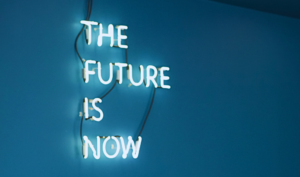
6 Leadership Lessons from EmpowerHR 2025
A CEO’s perspective on building high-performing, future-ready organizations. Sponsored by Betterworks. At our recent event, EmpowerHR 2025, I had the

How to Grow the Soft Skills Your Team Needs to Collaborate
Building rapport, goodwill, and respect among all team members is essential for the best collaborative sessions. How do you do

EmpowerHR 2025: Celebrating the Shift to HR as a Strategic Driver
Sponsored by Betterworks. The role of HR is changing faster than ever. As someone who’s spent over two decades in
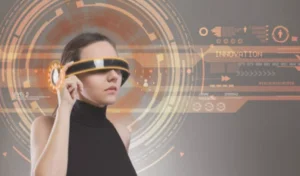
Building a Change-Ready Workforce: Preparing Your Workforce for the Future
A lack of workforce change readiness and can negatively impact employees and their organizations. The pace and intensity of change
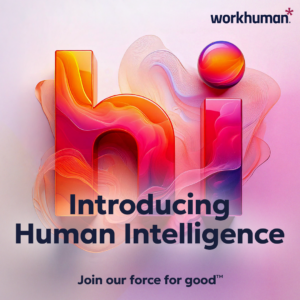
The Upskilling Imperative: Elevating Talent to Thrive in the Modern Workplace
Sponsored by Workhuman. In today’s rapidly evolving workplace, upskilling isn’t just an advantage — it’s a necessity. Employees who learn
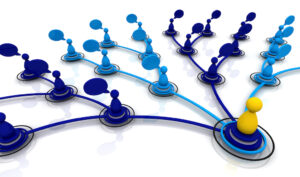
Network-Driven Culture Transformation: How Connectivity Fuels Organizational Change
Organizational culture is often seen as an abstract concept. However, I have found that network science offers a powerful lens
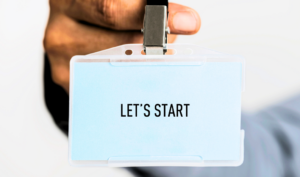
Continuous Onboarding Can Prevent ‘The Great Stay’ From Becoming ‘The Great Stagnation’
In 2024, organizations began to see the benefits of a workforce choosing stability over movement. This era, dubbed “The Great

Closing the Benefits Literacy Gap: A Key Strategy to Improve Employee Engagement
Employee retention is a top priority for businesses, with one 2024 report noting that 64% of businesses say hiring and

Fiduciary Failure: Is Your Retirement Plan Costing Your Employees Their Future?
Retirement planning is a key pillar of the American Dream. It’s the promise of a life well-lived after a career


